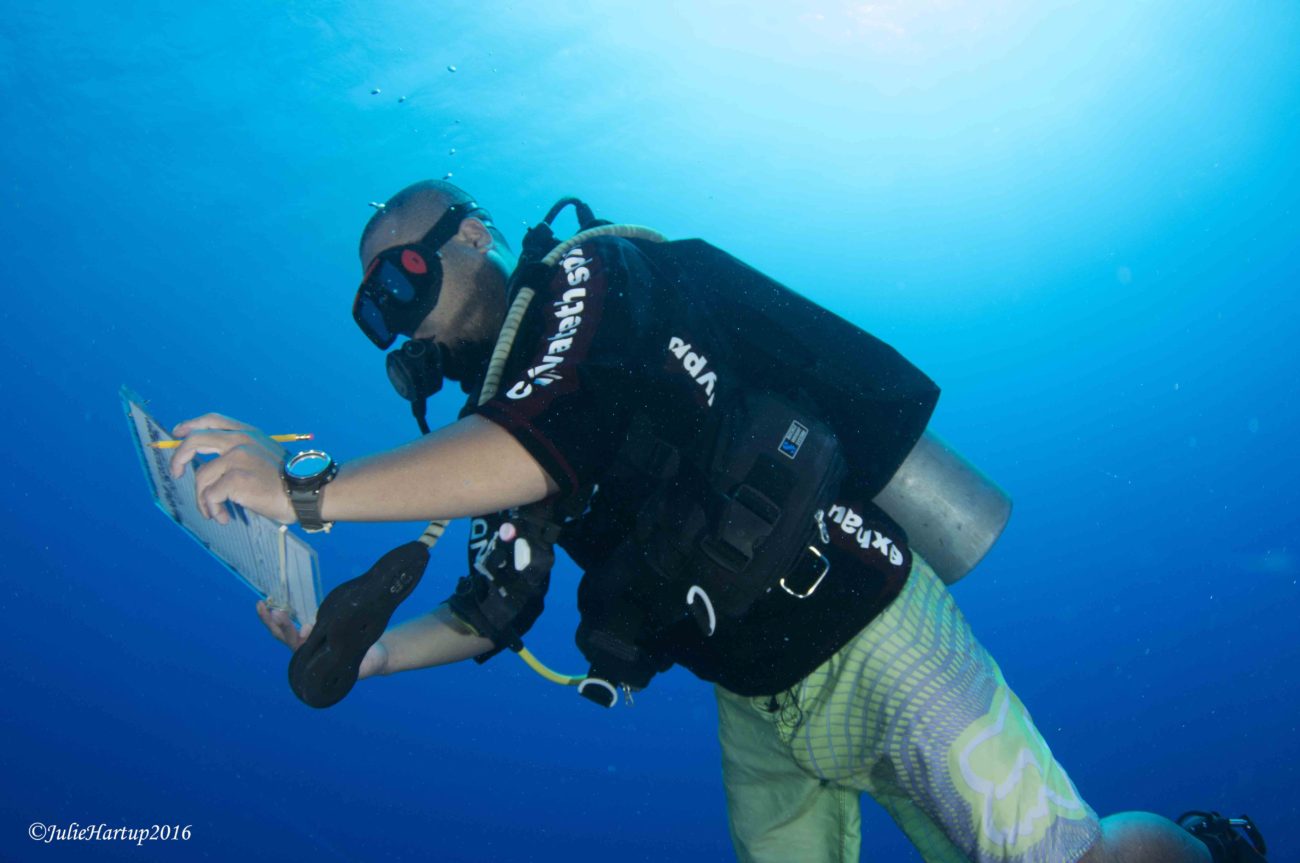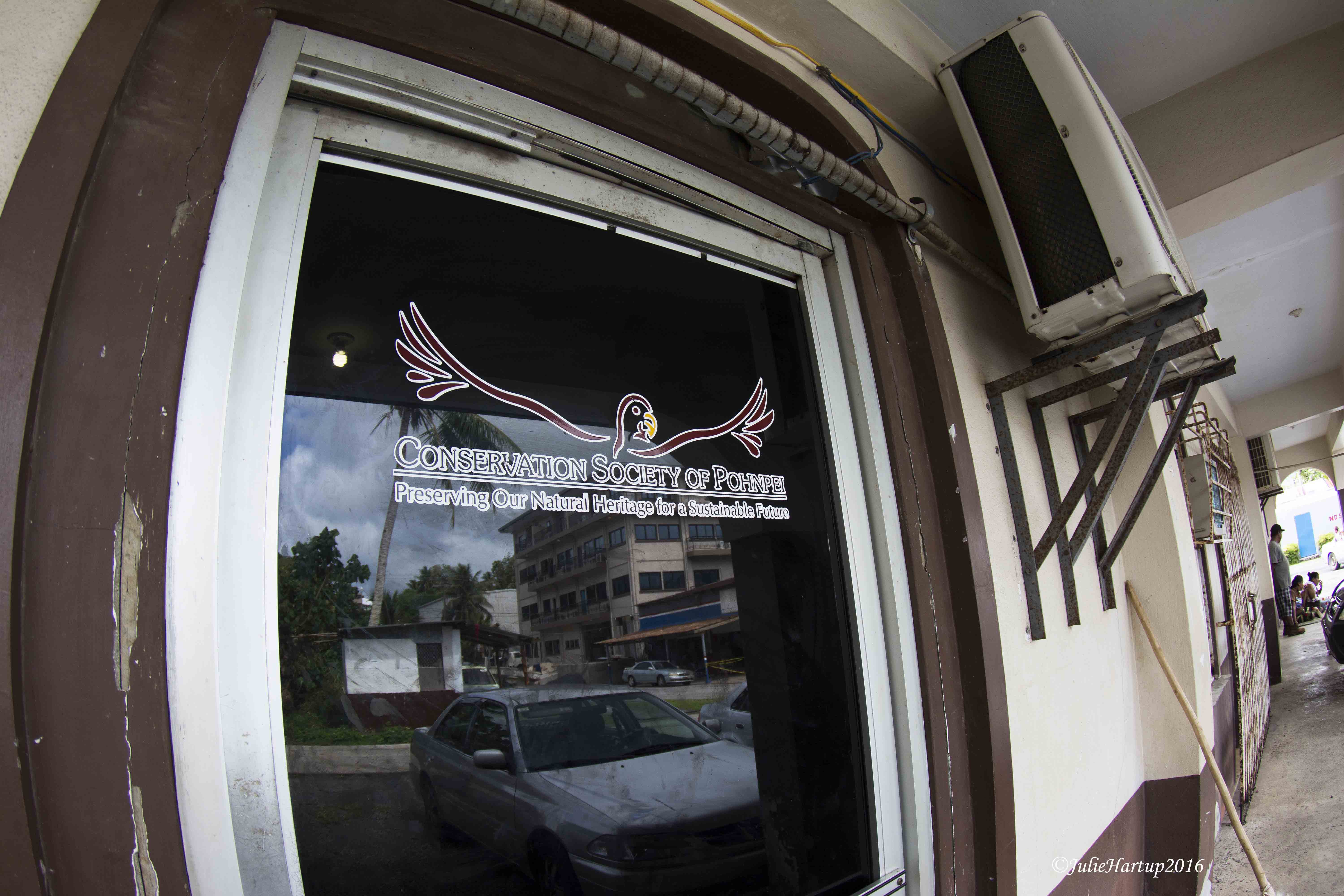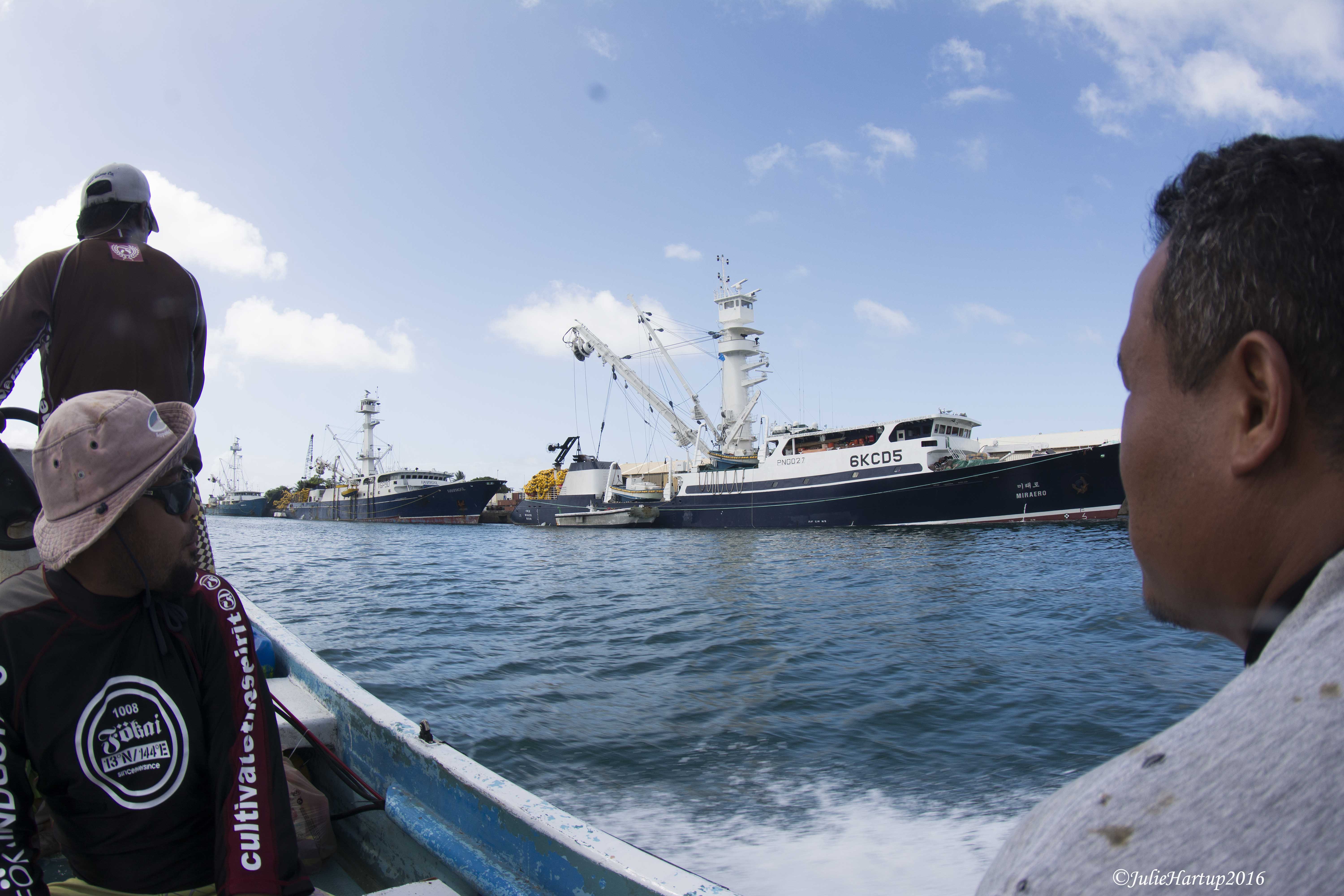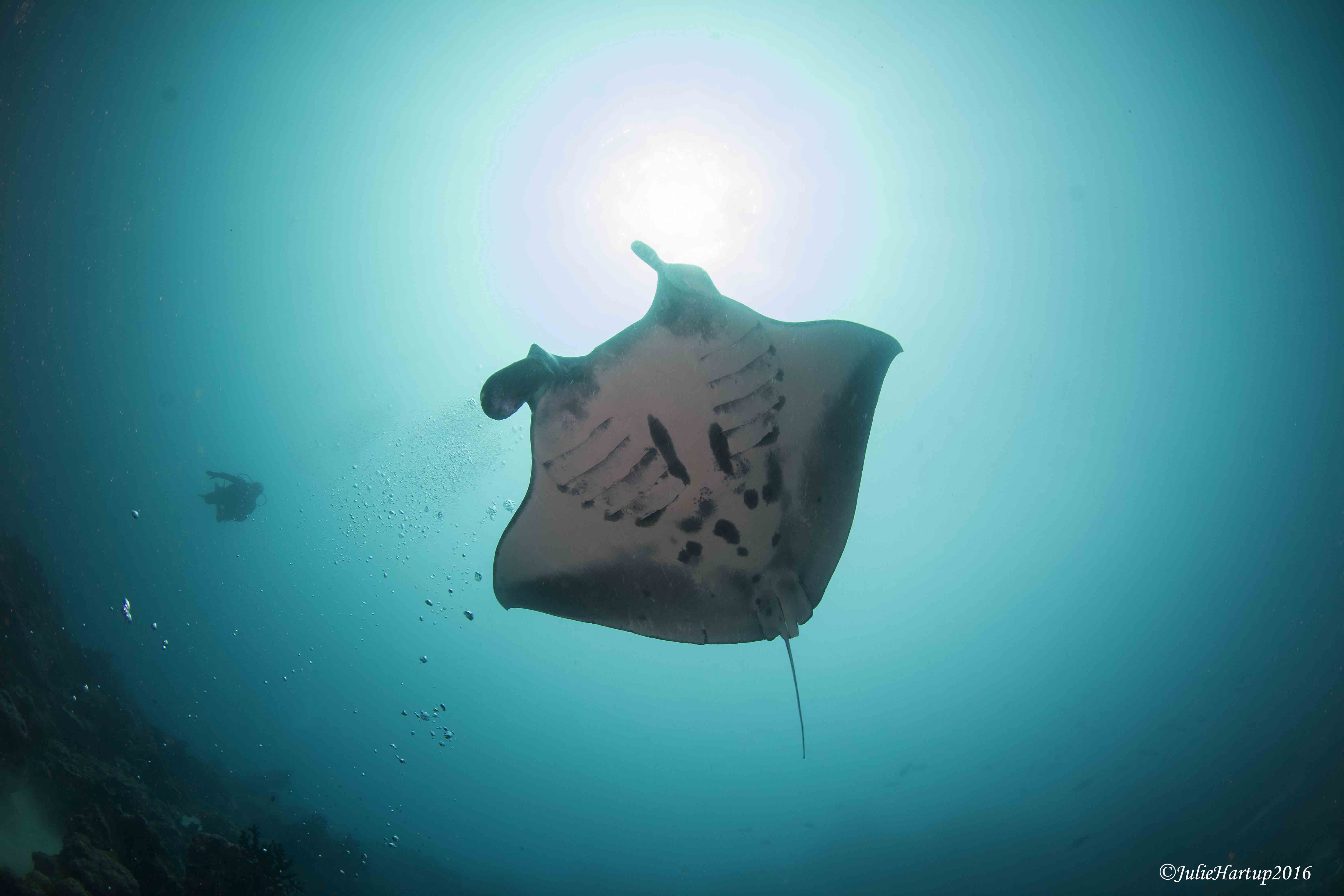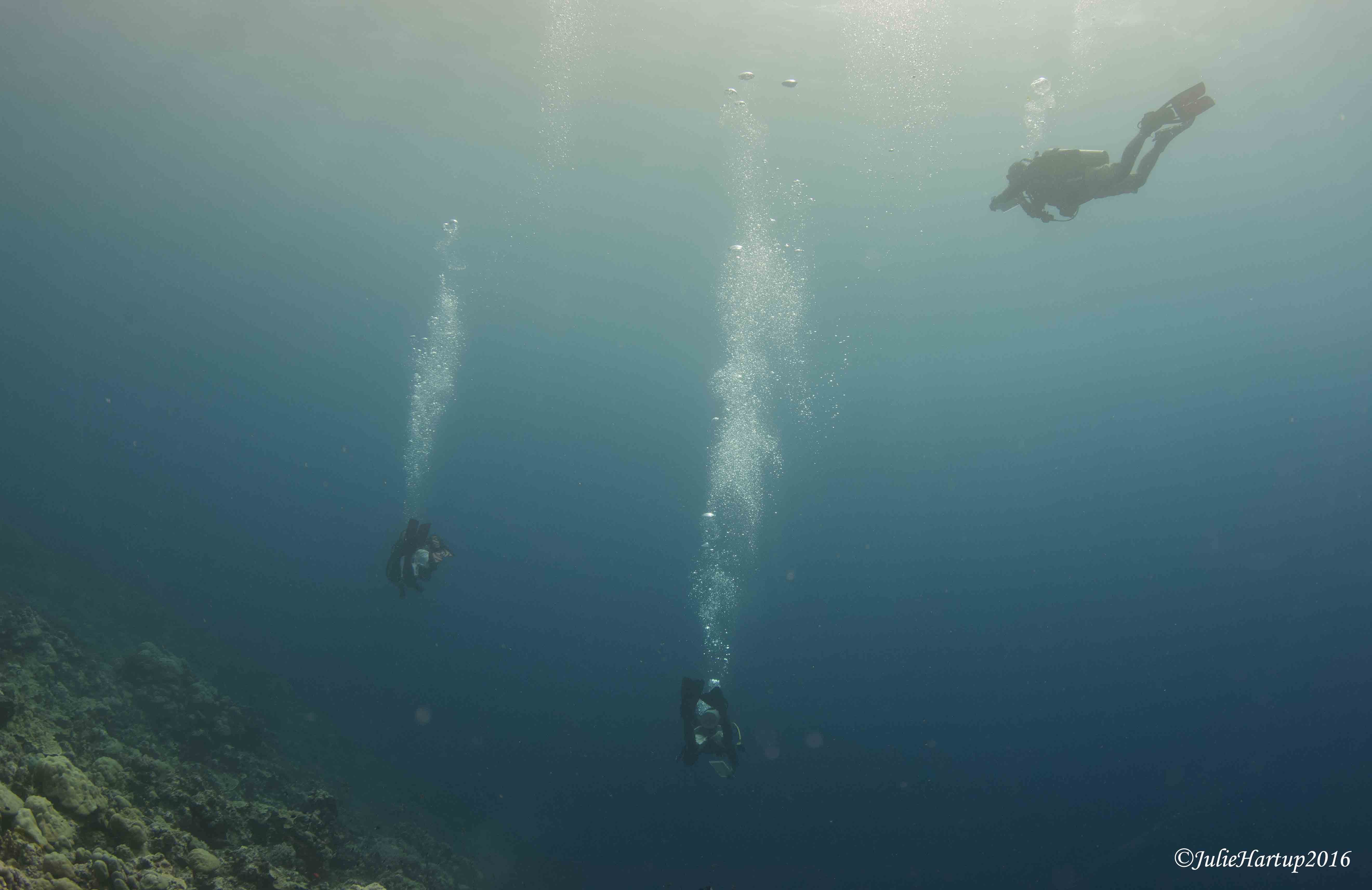Out in the Field Report
#oitfr
As I’m sitting here in the Pohnpei airport ready to return home to Guam, my emotions are running high. It is difficult to constantly be in motion, transitioning from one life, one place, to another. I become a part of the communities that I study, and while I am happy to return to my family, it is always hard to say goodbye, again.
But, beneath my exhaustion, I am glad to say that I am going home to my Island of Guam with hope, hope for tomorrow, and a hope for our future generations. This hope stems from my time with the Conservation Society of Pohnpei. They are a local non-profit helping the community in multiple environmental facets from facilitating water catchments systems to outreach programs. They also are involved with fisheries management plans, monitoring of grouper spawning aggregation, monitoring of sedimentation levels, and of course our project together The Pohnpei Manta Ray Project.
I was just here last month, but I returned to finish up some of the objectives of our Phonpei Manta Ray project. This trip was a busy one. When I arrived thirteen days ago, fieldwork started immediately, splitting our time between morning manta ray dives and afternoon monitoring of grouper spawning aggregations. Since the location of both sites were on the other side of the island we camped out on a small an island called Black Coral.
I love evenings when we are camping out on these smaller islands surrounding Pohnpei. When you look up at the sky covered with stars shining so bright, it is obvious why ancient navigators used the night sky as a map. Nights in Pohnpei are often spent gathering together as friends, family, and community, talking and drinking Saku.This is where the real outreach occurs. We come together in a circle, joined through the symbolic and physical passing and sharing of the cup. We discuss opinions and thoughts, intermixed with singing and laughing that continues long into the night.
Then, the next morning, it’s back in the field. Field days were long, but rewarding. Our team is patient and dedicated, and successfully completed one of our research objectives, deploying all acoustic tags on manta rays. To attach an acoustic tag you first need to know areas manta rays come in and often frequent. You must know the biology, how to tell the difference between sex’s, if the female is pregnant or not, and the
approximate size of the manta ray.
We want to make sure the manta ray is not harmed in a negative way, that the invasiveness of what we are doing under the best of circumstances does not negatively affect the animal. We carefully approach high above and behind the manta ray, attaching the tag using a modified Hawaiian sling.
As the tagged manta ray swims by strategically placed receivers around the reef, the unique number of each acoustic tag is picked up. We know the manta rays we are tagging. We have been collecting photo ID’s for years. We already know many of these individual manta rays and know individual manta rays travel between cleaning stations. However, we need to know what sites they are spending more times then others and new areas we should investigate that might be critical habitat. These tags give us vital information. It was a busy, but productive trip.
Today, it’s a Saturday and the CSP marine division is spending the night and day with the community of Kiti, assisting them with a fisheries management plan.
Their work continues, even while I sit here in the airport. The roar of the plane landing indicates that once passengers deplane we will begin boarding; it’s time to leave. I’m grateful to have these experiences, learning so much about culture, community, and the importance of natural resources to these communities. These are all intertwined with one another. Thank you Pohnpei for helping me to become a better scientist, and a person. Till our next #OITFR
